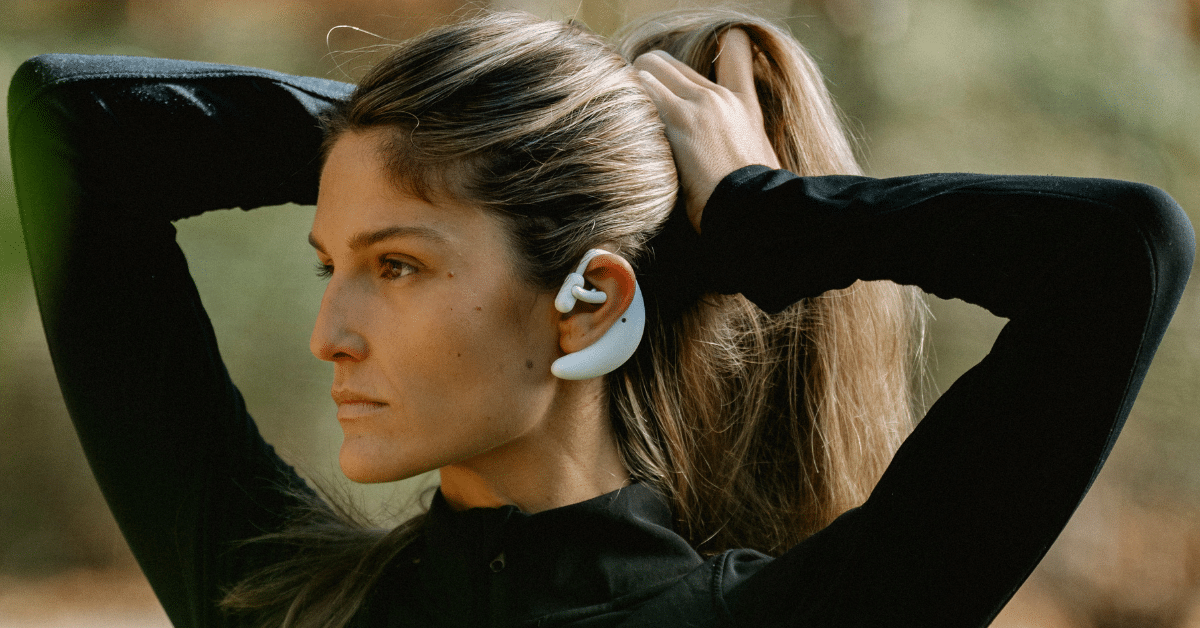As you navigate the realms of personal growth and wellness, two terms often surface: biofeedback and neurofeedback. What sets them apart, and how do they complement each other in fostering mental and physical resilience?
What’s the main difference between biofeedback and neurofeedback?
Biofeedback focuses on increasing awareness of bodily responses (e.g., heart rate, skin temperature) to improve physical performance or manage conditions like hypertension or chronic pain. Neurofeedback specifically trains brain activity (e.g., alpha waves, beta waves) to enhance cognitive functions, such as attention, memory, or mood regulation.
Benefits of Biofeedback vs Neurofeedback
- Regulates physiological processes: Empowers individuals to control bodily functions like heart rate and blood pressure.
- Improves brain function: Enhances cognitive abilities, memory, and focus through targeted brain activity modification.
- Enhances self-awareness: Provides insights into physical and emotional responses, promoting greater understanding of oneself.
- Reduces stress and anxiety: Teaches techniques for managing stress levels and alleviating symptoms of anxiety disorders.
- Improves overall well-being: Fosters a balanced state of mind and body through biofeedback and neurofeedback training.
- Facilitates personal growth: Offers opportunities for self-improvement, goal achievement, and increased confidence through personalized feedback.
Scientific Basis
Biofeedback and neurofeedback both operate on the principle of self-regulation. Traditional biofeedback measures bodily functions like heart rate, skin temperature, and muscle tension. Neurofeedback, a specialized branch, focuses on brain activity, specifically the central nervous system. Both disciplines empower individuals to regulate physiological functions that were once considered automatic.
The histories of biofeedback and neurofeedback are fascinating yet distinct. Biofeedback originated in the 1960s when scientists discovered you could manipulate physiological processes. Meanwhile, neurofeedback’s roots are in EEG studies, popping up later in the same decade. Essentially, biofeedback paved the way for neurofeedback.
Both biofeedback and neurofeedback have earned significant respect within their respective scientific communities. Researchers continue to study biofeedback’s broad applications, while neurofeedback garners attention for its brain-focused approach. Experts frequently publish findings in academic journals, and there’s ongoing interest in exploring new applications for these techniques.
Differences and Similarities
Biofeedback and neurofeedback differ in several key areas. Biofeedback often involves monitoring physical indicators like heart rate and skin conductivity. In contrast, neurofeedback zeroes in on brainwave activity using EEG sensors. Essentially, biofeedback deals with the body, while neurofeedback specializes in the brain.
Training methods also differ between the two. Biofeedback practitioners might guide you through breathing exercises to lower your heart rate. Neurofeedback practitioners, however, use video games or other interactive software to help you modulate your brainwaves. These varied techniques underscore the distinct focus each method has.
Despite their differences, biofeedback and neurofeedback share several similarities. Both aim to improve self-regulation and empower you with insights into your body’s or brain’s functions. They also use specialized equipment to track real-time physiological changes, making them modern tools [for personal growth and stress management].
Benefits and Applications
The benefits of biofeedback and neurofeedback are abundant. Biofeedback can help reduce stress, manage chronic pain, and improve overall well-being. By learning to control physical functions, individuals can achieve a more balanced state of mind and body.
Neurofeedback shines in its ability to target brain-related conditions. From ADHD to anxiety disorders, neurofeedback offers a non-invasive way to regulate brain activity. Interestingly enough, both methods have shown potential for treating migraines, showing some crossover in their benefits.
Applications for biofeedback and neurofeedback are broad and varied. Athletes use biofeedback to enhance performance, while neurofeedback finds its way into therapeutic settings. Both approaches are increasingly being used for personal development, professional training, and even in educational settings to improve focus and learning abilities.
Making an Informed Choice
Choosing between biofeedback and neurofeedback can be tricky. Consider your goals: do you want to focus on general bodily functions or target brain activities? If managing stress levels or chronic pain is the aim, biofeedback could be a more suitable choice.
On the other hand, if you’re dealing with brain-related issues like ADHD or anxiety, neurofeedback might offer better results. Of course, it’s always wise to consult a healthcare provider or a trained professional in bio & neurofeedback to guide your decision.
Other factors include the availability of qualified practitioners and the type of equipment used. High-quality gear, such as the best biofeedback devices can affect the effectiveness of your training. Additionally, consider any cost differences and time commitments between the two methods.
| Feature | Description | Importance |
|---|---|---|
| Biofeedback vs Neurofeedback | A comparison of the two techniques’ differences and similarities. | High |
| Differences in Focus | Biofeedback focuses on physical indicators, while neurofeedback targets brain activity. | High |
| Training Methods | Biofeedback uses breathing exercises, while neurofeedback employs video games or interactive software. | Medium |
| Similarities and Goals | Both techniques aim to improve self-regulation and empower individuals with insights into their bodily functions or brain activity. | High |
| Applications and Benefits | Biofeedback can help reduce stress, manage chronic pain, while neurofeedback targets brain-related conditions like ADHD and anxiety disorders. | Medium |

Personal Thoughts
In my experience, understanding the principles of biofeedback and neurofeedback has been instrumental in helping me manage my stress levels. By recognizing how my body responds to different stimuli, I’ve become more aware of my emotional states and can take proactive steps to regulate them.
This newfound awareness has also helped me develop a greater sense of self-awareness, allowing me to make more intentional decisions about how I spend my time and prioritize my well-being. It’s been a valuable tool in my toolkit for maintaining a healthier balance between stress and relaxation.
Frequently Asked Questions
What is the primary difference between biofeedback and neurofeedback?
Biofeedback refers to the process of becoming aware of one’s physiological responses to different stimuli, such as heart rate or skin temperature, in order to make conscious changes. Neurofeedback, on the other hand, specifically targets brain activity and uses electroencephalography (EEG) sensors to monitor and provide feedback on neural patterns.
How do biofeedback and neurofeedback differ in their applications?
Biofeedback has a broader range of applications, including stress management, pain control, and athletic performance enhancement. Neurofeedback is often used for more specific purposes, such as treating attention deficit hyperactivity disorder (ADHD), anxiety disorders, or improving cognitive function.
What are the scientific bases for biofeedback and neurofeedback?
Biofeedback is grounded in classical conditioning theory, which posits that individuals can learn to control their physiological responses through operant conditioning. Neurofeedback is based on research into brain plasticity, neural oscillations, and the role of attention in shaping brain activity.
Can biofeedback or neurofeedback enhance creativity?
While both techniques have been explored for their potential benefits in creativity enhancement, there is limited empirical support for this claim. However, some studies suggest that neurofeedback training may improve creative problem-solving abilities by increasing alpha brain wave activity and reducing beta wave dominance.




